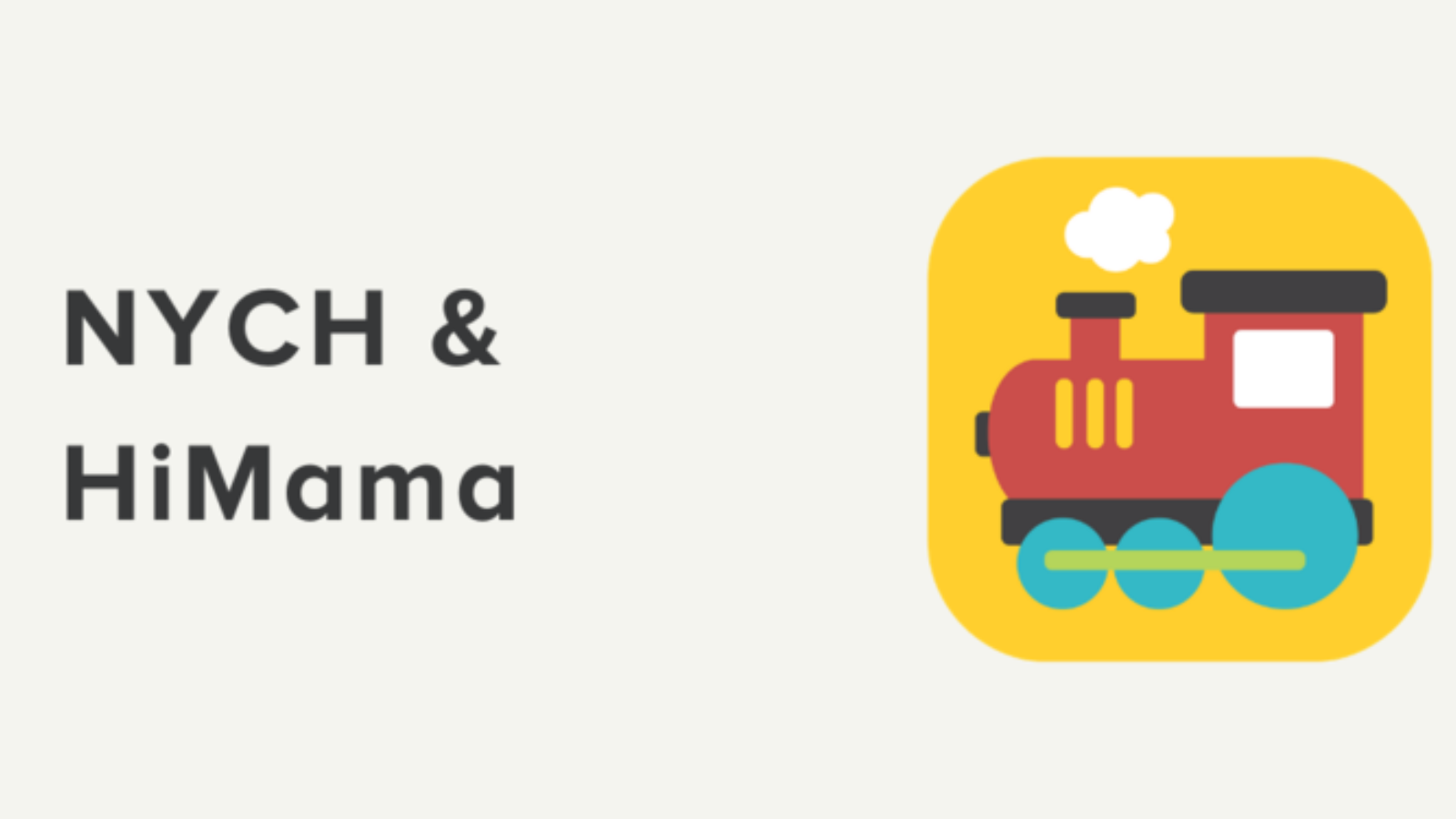Dropping off and picking children up from childcare is generally chaotic. There isn’t much time for staff and parents to talk, let alone share in-depth information about a child’s day.
For many newcomers, this is the first time they’re leaving their children alone with someone who isn’t part of their extended family. They’re adjusting to new language, new people, new culture. And now they’re leaving their children with strangers. Staff do spend a lot of time initially building a relationship with parents. But interactions drop off over time. And less and less information is shared between parents and staff.
Our Care for Newcomer Children program supports parents who are learning English by caring for their children while they’re in class. The team wanted to figure out a way to overcome this challenge. They wanted to help parents understand what a day was like for their child, every day. They also wanted to encourage parents to ask questions, share information, involve and provide them with useful developmental and relevant parenting information.
“I think what makes us unique is the fact we try our best to create a very strong relationship with a parent. It is especially important with newcomer parents to build that trust, confidentiality, and to continue to build relationships with the parents.”
— Wendy Montejo, Manager, Language Programs
In 2017 the team worked together to find a creative solution. They asked themselves, what else could we do to continue building the connection with parents? How can we make sure that, beyond the day-to-day, that parents could learn about their child’s development, and how they’re learning. How could they ensure that parents would become more informed about how their child is doing, and become more involved with our program? They wanted to encourage back and forth communication with parents.
Of course, whatever solution they found had to have privacy, security, and confidentiality built in. As Wendy says, the team wanted to make sure that any solution was safe and secure to use with children.
After thinking deeply about it, the team explored online solutions. They evaluated four and landed on HiMama. HiMama had everything they were looking for, and more.
Staff could easily document each child’s daily activities. Learning and development in the app was aligned with Ontario’s early learning guidelines and curriculum. It was easy to connect with parents, with 2-way communication built in. Parents would not just be sent information, but could engage with staff directly. And it gave staff quick and easy administrative tools to manage the program. They could spend less time on admin and more time with the children, and had many more ways to connect with parents.
The results? In a survey with parents:
-
100% of parents said that HiMama assists them in understanding what their child(ren) are doing during the day while in the program
-
95% of parents agreed that HiMama helps them learn more about how their child(ren) learns (through play, reading, how they interact with other children, etc.).
-
90% of parents responded that HiMama helps them learn more about their child(ren) (behaviour, skills, etc.).
-
More than 75% use the app always or usually.
-
90% found it easy to use.
These are the kind of numbers you dream of when implementing a new technology solution. Of course, it’s not about technology. It’s about parents and kids. And also about the staff. And involving staff in the decision about technology is essential.
Wendy says that staff were fully involved in every step, every decision, every aspect of coming up with the solution. That has been important for a introduction of new technology. The team wanted this. They evaluated and chose the solution that worked for them. That has meant a seamless introduction into the day care, for staff and parents. It’s a process. Staff have been trained, they knew it would take effort to get parents on board and comfortable, so they took that time. They also took the time needed for administrative adjustments. The team also worked with LINC teachers to help parents with the practical English they needed to make full use of the HiMama app. It has been important for the team to take the time to get it right. And it’s paid off for everyone involved. It helps that HiMama has excellent support and is easy to use. All part of choosing the right solution.
We’ve been sharing our experience with other child care workers and programs. They’re interested and want to learn from our experience. We’re glad to be able to share what we’ve learned, including how to bring technology into a child care setting effectively.
What all of this groundwork has meant is that when we had to close our doors due to COVID-19, we were ready to pivot online. HiMama continues to be our main way to connect with parents. We’ve expanded into Zoom and other technologies to continue to reach out to teach and share activities with children, while they’re isolating with their parents. We run live circle and reading times to maintain the connection, help support parents, and keep children active and engaged.
With the child development aspects of HiMama built right in, we continue to share with parents how and why the activities we do with their children are important, and connected to skill and aptitude development. Everything has a reason and we share all of that with parents.
What initially started as an experiment, a pilot project, has become the core way we involve parents and keep them connected to their child’s daily development. It’s a model for technology implementation that has worked, and we’re happy to tell the story with our sector.
